These creatures are known to cause significant damage to a variety of plants, turning a once vibrant garden into a landscape of half-eaten leaves and stems.
Native Gardens: A Comprehensive Guide to Selecting, Planting, and Maintaining Native Plants
It’s a common misconception that native gardens are entirely self-sustaining, requiring minimal upkeep. Like any garden, native gardens need regular maintenance to look their best, perform as they’re supposed to, and contribute positively to local biodiversity.
Neglecting native gardens can lead to overgrown vegetation, pest infestations, and an overall decline in health and aesthetic appeal. This article aims to dispel myths about native gardening and provide a comprehensive guide to selecting, planting, and maintaining native plants.
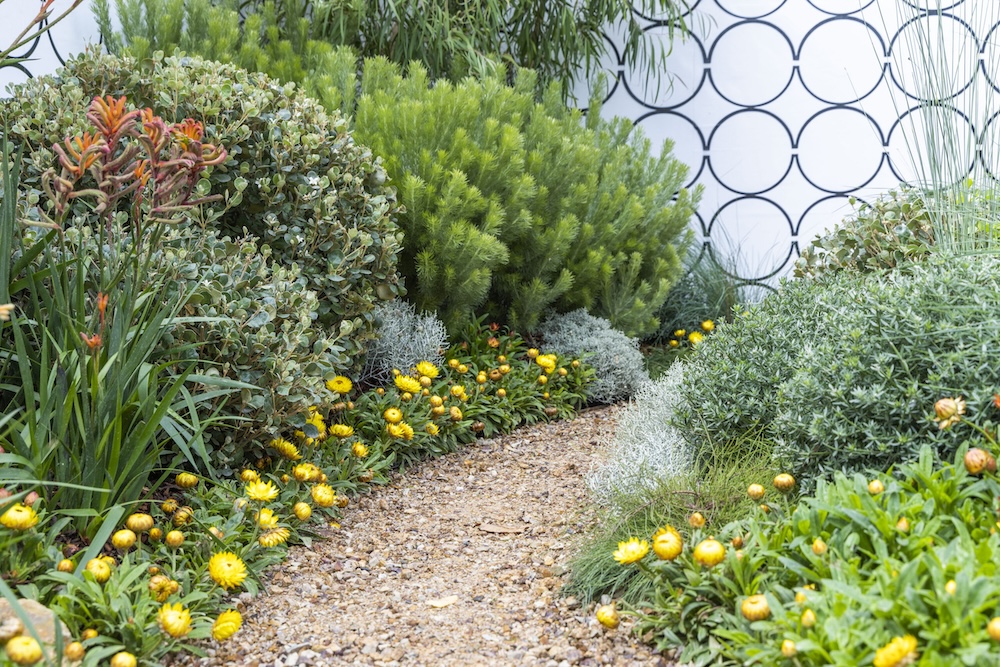
Benefits of Native Gardens
Native gardens offer several environmental benefits. When the plants are performing well, they contribute significantly to local biodiversity and provide a vital habitat for indigenous fauna. As well as this, native gardens create uniquely beautiful landscapes that change with the seasons, offering an ever-changing view.
While many native plants are indeed low-maintenance, it would be a gross overgeneralisation to label all natives as low-maintenance and exotics as high-maintenance. It’s also a myth that all native plants are good for biodiversity, while exotic plants have no ecological value.
A native blue-banded bee will be just as happy sucking nectar from an exotic tomato plant as it is from a native hardenbergia. Of course, there are examples of specialised relationships between specific plants and a picky native pollinator, but those are the exceptions to the norm.
Where most native plants really shine in our landscape is as a testament to our country’s natural landscape. They’re a uniquely beautiful group of plants whose cultivation is a celebration of our natural heritage.
Understanding Your Local Environment
Before embarking on your native gardening journey, it’s a good idea to understand your local environment fully.
The climate, soil type, and even the microclimate of your garden space can significantly influence the choice of native plants. Various resources can help you identify these local conditions, such as local nurseries, gardening clubs, or a local landscaper.
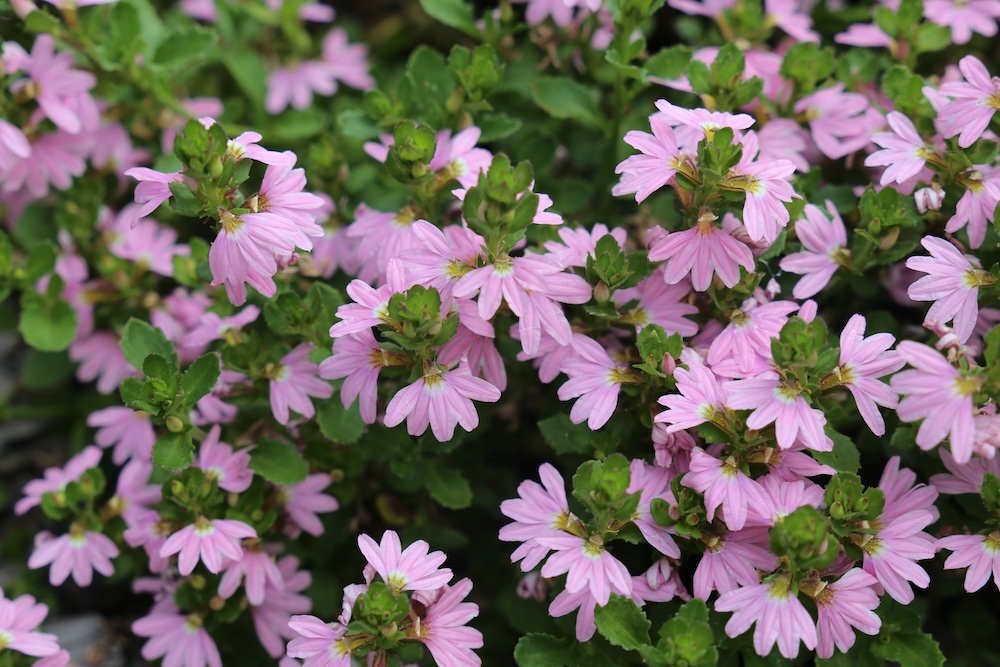
Selecting the Right Native Plants
Choosing the right native plants for your garden involves considering factors such as size, shape, colour, and flowering season. Each native plant has its own specific preferences.
Lilly pillies, with their attractive pink berries and glossy leaves, flourish in well-drained soil in both sun and shade. Melaleucas, on the other hand, often live in natural habitats with with consistently wet feet, such as near waterholes and billabongs.
Planting Native Gardens
Planting native plants requires careful planning and preparation. The best time to plant for most native plants is during the cooler seasons, from autumn to early spring. This is when plants are less stressed by heat and can establish their roots before the hot summer months.
Of course, this depends on your local climate and the specific plant you’re hoping to plant.
For example, you might avoid planting banksias in winter in a colder climate, because they’re susceptible to frost damage when young. You don’t want to expose them to harsh conditions before they have a chance to establish.
And remember, just because a plant prefers to be installed at a certain time of year, that doesn’t mean that it won’t thrive if planted at a different time of year. If a client needs some planting done in summer, a good landscaper might decide that it can be done successfully with the right approach.
To prepare for planting, start by removing any weeds or grass. Dig as deep as the root ball, and at least twice as wide. Place the plant in the hole, ensuring it’s at the same depth as it was in its pot. Add organic matter such as compost or well-rotted manure to improve soil structure and nutrient content. Backfill the hole, firm the soil gently around the plant, and water thoroughly.
Organic matter can improve a range of issues, but if the soil is heavy clay you can amend with gypsum. On the other hand, if water has trouble penetrating into the soil you can add a wetting agent.
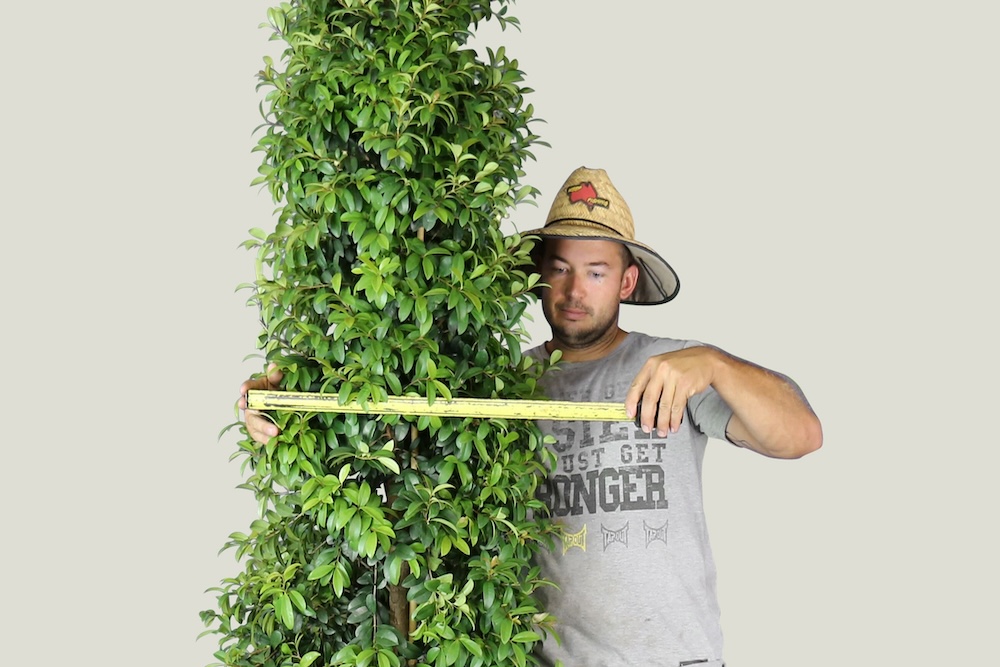
Maintaining Native Gardens
Maintaining native plants is really no different to maintaining exotic plants, with the understanding that every plant has its own preferences.
Some plants may need more water during dry periods, while others prefer drier conditions. Smart irrigation systems are great because they can be programmed according to the specific watering needs of your plants and the predicted rainfall.
Pests can be a challenge in native gardens. Munching insects, possums, birds, and slugs can all cause damage. However, natural pest control methods, such as inviting predatory insects or using organic sprays, can help keep pests in check. Learn more about controlling pests naturally in this article.
Pruning is necessary to maintain aesthetics, control growth, and encourage flowering. The method and timing of pruning depend on the plant type. For instance, woody shrubs like lilly pillies and callistemons might need regular pruning, while native grasses like pennisetums and poas might only require cutting back once a year or every few years. Understanding the different habits of your plants will guide your pruning practices.
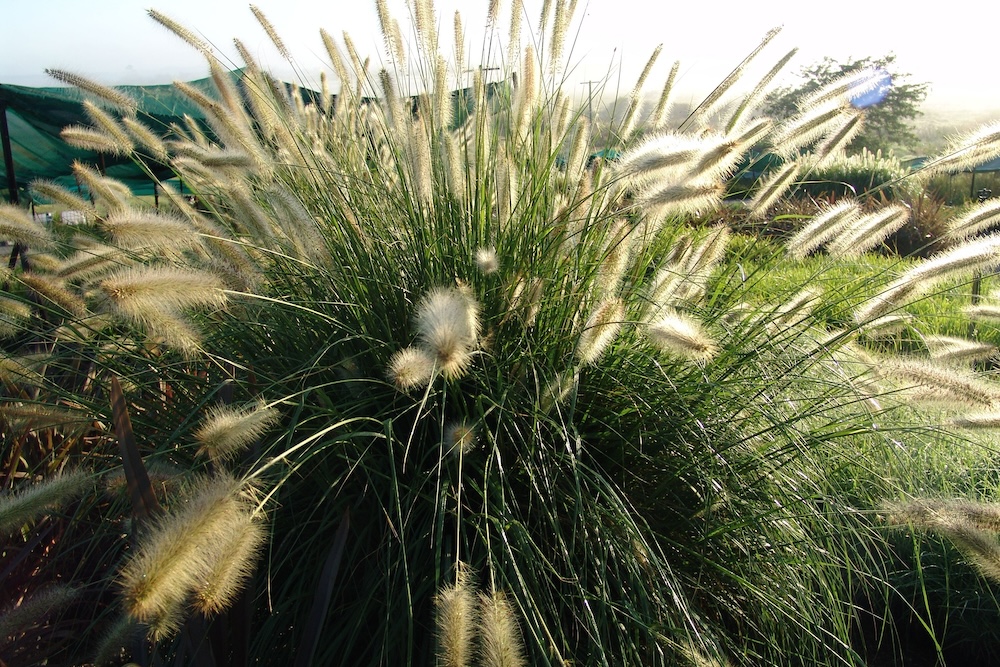
Fertilising and Mulching
Fertilisers replace nutrients that may be lacking in the soil. However, the myth that “native plants need native fertilisers” isn’t entirely accurate. While some native plants, like members of the Proteaceae family, are sensitive to phosphorous and require low-phosphorous fertilisers, this isn’t the case for all native plants. Always research your plants’ specific needs to choose the right fertiliser.
Mulching helps conserve soil moisture, suppress weeds, and protect plant roots from temperature extremes. Organic mulches, such as bark chips or compost, also improve soil structure and nutrient content as they decompose. Apply a thick layer (around 5-10cm) of mulch around your plants, ensuring you don’t mound mulch against the stems or trunks as this can cause rot.
Troubleshooting Common Problems
Native gardens, while beautiful and gratifying, can encounter a few common problems. Issues may range from nutrient deficiencies, inadequate sunlight, water-related problems, soil issues, disease, or pest infestations.
Identifying these issues early is key. Nutrient deficiencies can lead to slow plant growth. Wilting foliage could suggest overwatering or underwatering. Pest and diseases often leave tell-tale signs such as chewed leaves or discoloured spots.
All of the above issues can cause yellowing leaves, making this a particularly tricky symptom to diagnose.
Improving the conditions of your garden can go a long way to making plants resilient against a wide range of plant health problems. This could involve amending the soil, increasing water and nutrients, or removing objects that cast shade over your garden.
And by choosing pest and disease-resistant cultivars, you’ve got even less to worry about because they’ve been bred to be more resistant than their ancestors. We’ve spent decades perfecting the art of plant breeding at Ozbreed, and you’ll find a ton of plants on our website that will thrive in your conditions.
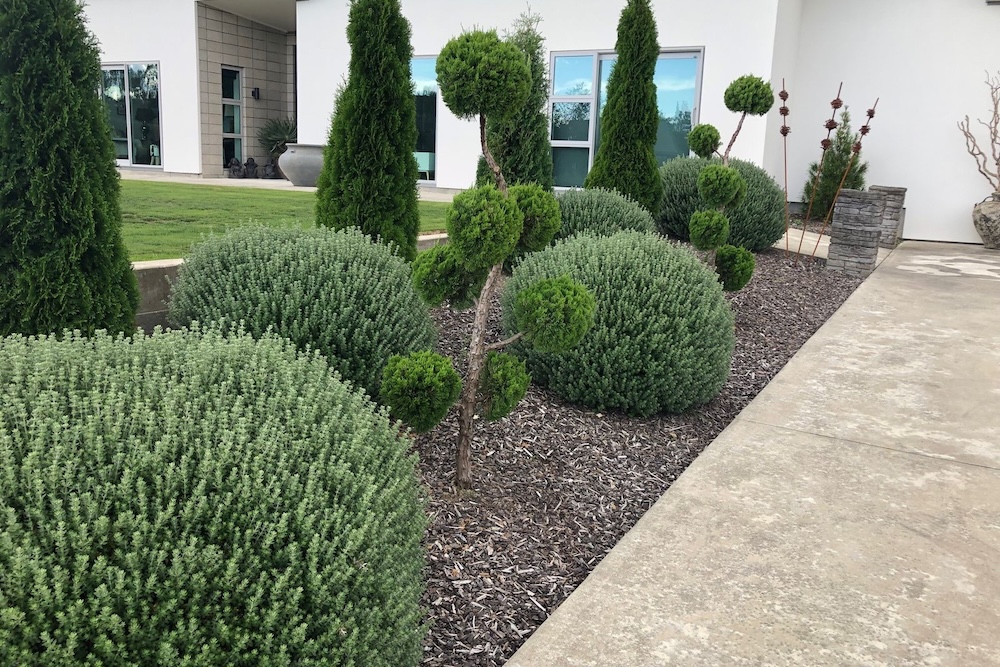
Daniel’s Wrap
Mastering native gardens involves understanding your local environment, selecting the right plants, providing appropriate care, and troubleshooting common problems. While there can be challenges along the way, the rewards of maintaining a native garden are immense.
You might realise that looking after native plants isn’t so different to looking after exotic plants, and that’s because “native” is a human distinction that we place on them. At the end of the day, all plants have their own unique likes and dislikes based off the environment they’ve naturally evolved within, and the traits they’ve been bred for in cultivation.

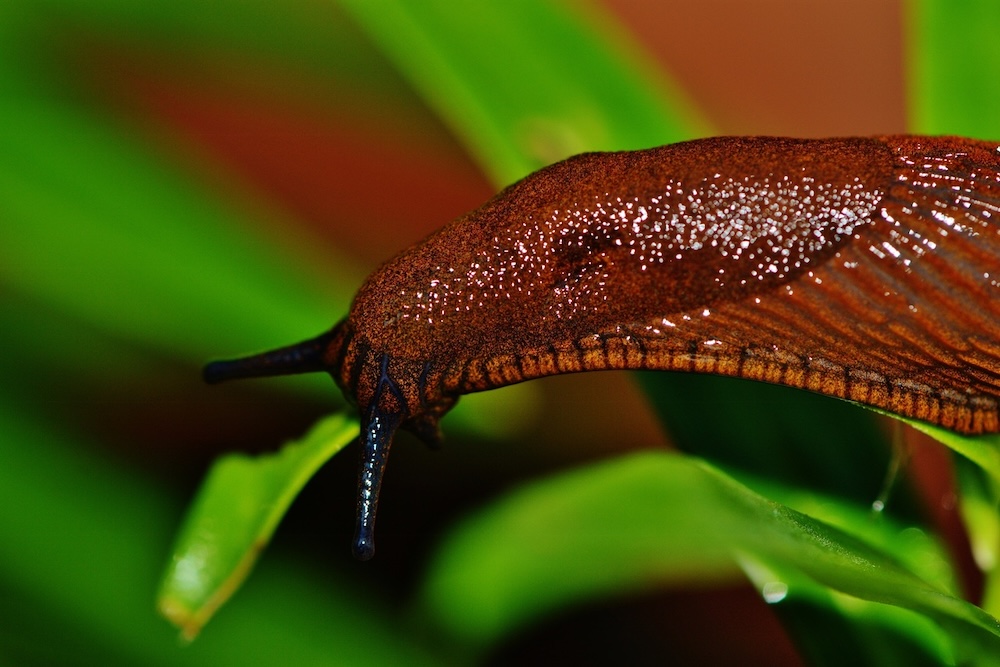
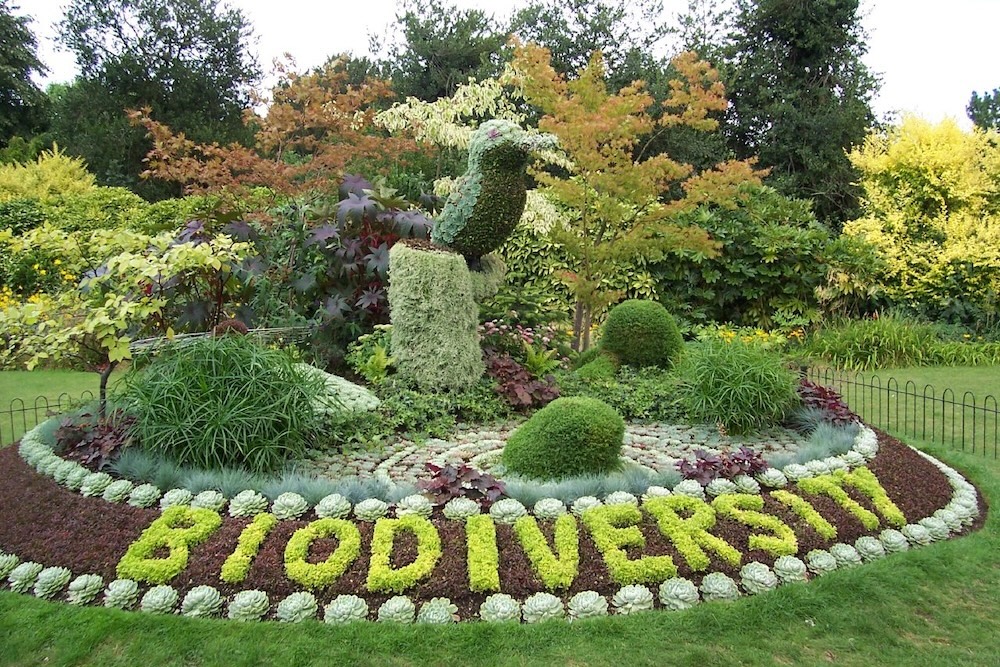
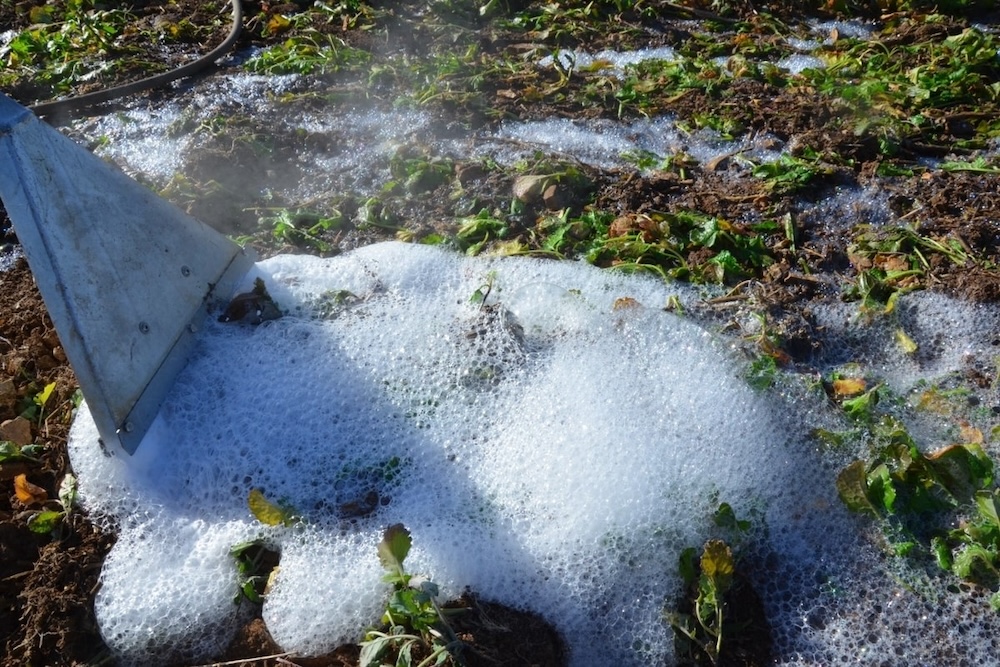
This Post Has 0 Comments